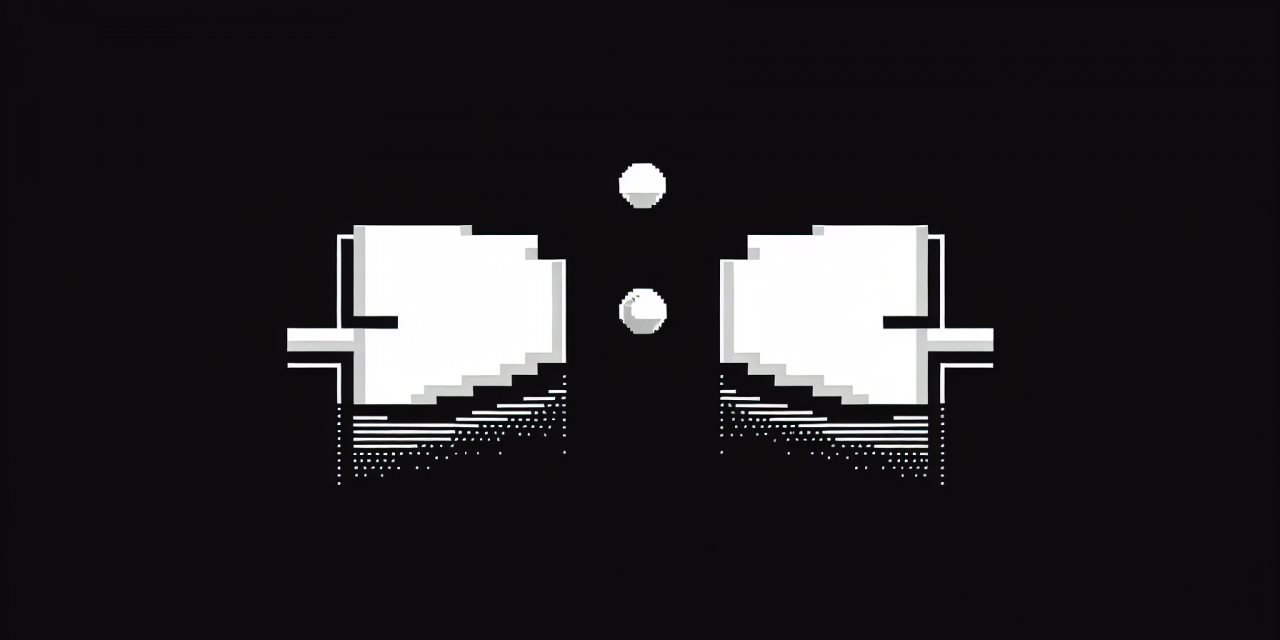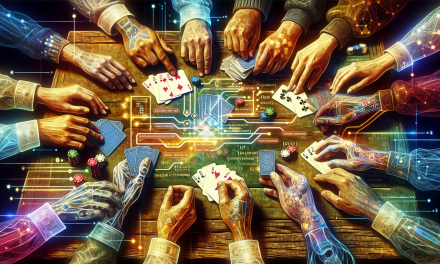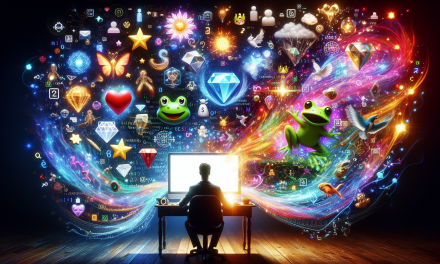Picture this: Two white rectangles on a black screen, bouncing a square dot back and forth. No explosions, no colorful characters, no epic storylines. Just two paddles and a ball. Yet this simple game didn’t just entertain people—it birthed an entire industry worth billions of dollars today.
Welcome to the story of Pong, a game so basic you could draw it on paper, yet so revolutionary it changed how we think about entertainment, interaction, and what it means to “play” with technology.
The Accidental Revolution
Back in 1972, a young engineer named Allan Alcorn was given what seemed like busywork at a small company called Atari. His boss, Nolan Bushnell, asked him to create a simple ping-pong game as a training exercise. Think of it like being asked to build a birdhouse when you’re learning carpentry—not meant to wow anyone, just to practice the basics.
But here’s where things get interesting. Alcorn didn’t just build any ping-pong game. He added something magical: the ball would speed up each time it was hit, and where it bounced depended on which part of the paddle touched it. These tiny details transformed a basic exercise into something genuinely engaging.
When they tested the game at a local bar called Andy Capp’s Tavern, something unexpected happened. The machine broke—not from a technical glitch, but because it was so stuffed with quarters that the coin mechanism jammed. Players couldn’t get enough of this simple, responsive game.
The Secret Sauce: Immediate Feedback
What made Pong so captivating wasn’t complexity—it was something much more fundamental. Every action you took had an immediate, visible consequence. Move your paddle up, and it went up instantly. Hit the ball, and it bounced exactly where your movement sent it. Miss the ball, and you knew immediately it was your choice that caused it.
Think about how different this was from entertainment in 1972. Movies? You watched passively. Books? You imagined, but couldn’t change the story. Board games? Fun, but you had to wait for other players. Pong gave you something new: real-time control over your experience.
This is what coders call a “feedback loop”—you do something, the system responds, you adjust based on that response, and the cycle continues. It’s the same principle that makes learning to ride a bicycle work: you lean left, the bike turns left, you adjust, and gradually you find your balance through this constant conversation between you and the machine.
The Beautiful Simplicity of Game Design
Here’s what’s remarkable about Pong’s design: it breaks down into just a few simple rules, yet creates endless variety in gameplay. You might think this sounds familiar to coding itself—simple instructions that combine to create complex behaviors.
The core logic of Pong is elegantly straightforward:
- Move the ball in a straight line
- When the ball hits a wall or paddle, reverse its direction
- If the ball reaches the left or right edge, award a point to the opposite player
- Keep track of the score
That’s it. Yet from these basic rules emerges strategy, tension, excitement, and the desire to play “just one more game.” It’s like how a few simple ingredients can create an amazing meal, or how a handful of musical notes can become a symphony that moves people to tears.
From Quarters to Quarters of Billions
Pong didn’t just succeed—it sparked an explosion. Atari sold over 19,000 Pong arcade machines, and suddenly everyone wanted to create the “next Pong.” Companies sprouted up overnight, each trying to capture that same magical formula of simple interaction and immediate satisfaction.
But the real revolution wasn’t in the arcades—it was in what came next. Atari released a home version of Pong in 1975, connecting to your television set. For the first time, you could have this interactive experience in your living room. The idea that your TV could be more than just a window for broadcast content was radical.
This shift changed everything. Television screens transformed from passive display devices into interactive canvases. Your living room became a playground. Entertainment evolved from something you consumed to something you participated in.
The DNA of Digital Fun
Look closely at any modern video game, and you’ll find Pong’s DNA still there. Every game, from mobile puzzle apps to massive online worlds, relies on the same core principle: immediate feedback to player actions. Press jump, and Mario jumps. Swipe left, and the candy moves. Click attack, and your character swings their sword.
This might seem obvious now, but it wasn’t in 1972. Pong proved that the most engaging experiences often come not from complexity, but from responsiveness. The best games, like the best code, feel alive—they react to you in ways that feel natural and immediate.
Game designers still study Pong today, not for nostalgia, but because it demonstrates something profound about human psychology and interaction design. We crave agency—the feeling that our choices matter and create visible change in the world around us.
The Ripple Effect
The impact of Pong reached far beyond entertainment. It demonstrated that computers didn’t have to be intimidating machines locked away in corporate offices or universities. They could be playful, approachable, and fun.
This accessibility helped demystify technology for an entire generation. Kids who grew up playing Pong were less afraid of computers when they encountered them later in school or work. The game served as a gentle introduction to the idea that humans and machines could collaborate in creative, enjoyable ways.
Moreover, Pong established the template for human-computer interaction that we still use today: input device (joystick/controller), processing unit (the game logic), visual feedback (the screen), and audio cues (the distinctive beep when the ball hit something). This pattern shows up everywhere, from smartphones to car navigation systems.
The Deeper Game
Perhaps most significantly, Pong revealed something important about learning and motivation. The game was challenging enough to require skill, but simple enough that anyone could understand it within seconds. This balance—what game designers now call “easy to learn, difficult to master”—became a cornerstone of good design in everything from software interfaces to educational tools.
When you think like a coder, you start to see how Pong’s lessons apply everywhere. The best apps respond instantly when you touch them. The most effective websites give you immediate feedback when you click buttons. Even conversations work better when people respond quickly and clearly to what you’ve said.
That simple white rectangle bouncing across a black screen didn’t just create the video game industry—it revealed fundamental truths about how humans want to interact with the world around them. We want our actions to matter, our input to be heard, and our creativity to have immediate, visible effects.
Next time you play any game, use any app, or even have a conversation, notice the feedback loops at work. See how Pong’s simple wisdom still shapes our digital world, one responsive interaction at a time.








